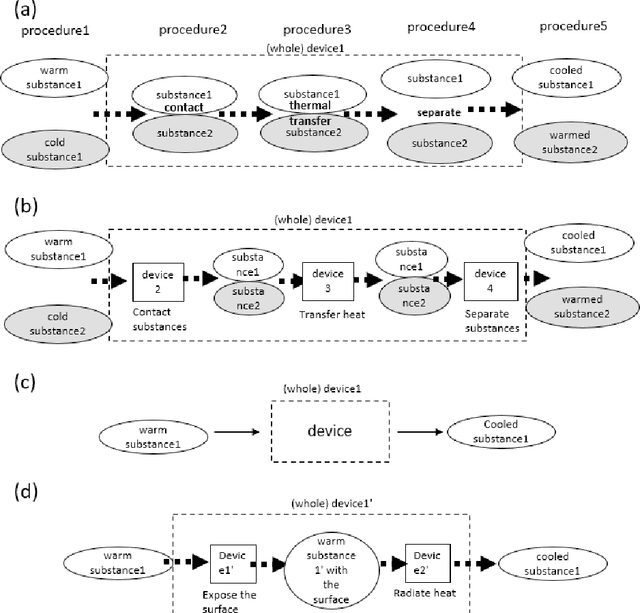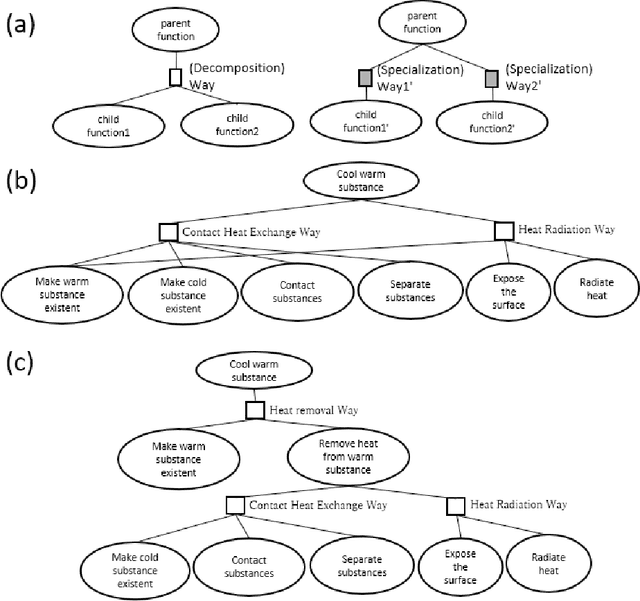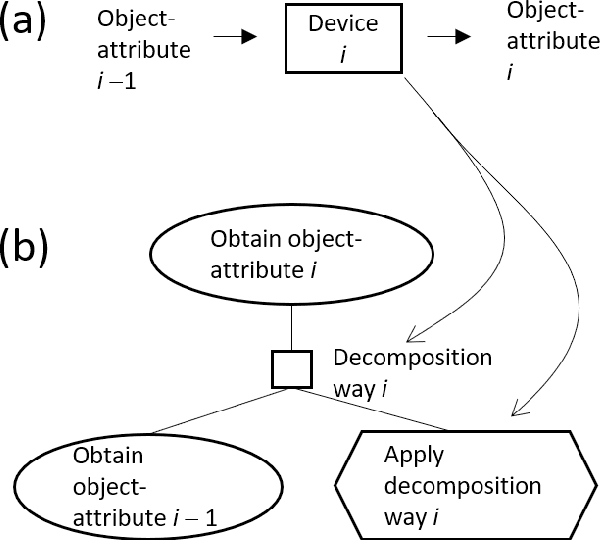Riichiro Mizoguchi
Causing is Achieving -- A solution to the problem of causation
Jul 01, 2023Abstract:From the standpoint of applied ontology, the problem of understanding and modeling causation has been recently challenged on the premise that causation is real. As a consequence, the following three results were obtained: (1) causation can be understood via the notion of systemic function; (2) any cause can be decomposed using only four subfunctions, namely Achieves, Prevents, Allows, and Disallows; and (3) the last three subfunctions can be defined in terms of Achieves alone. It follows that the essence of causation lies in a single function, namely Achieves. It remains to elucidate the nature of the Achieves function, which has been elaborated only partially in the previous work. In this paper, we first discuss a couple of underlying policies in the above-mentioned causal theory since these are useful in the discussion, then summarize the results obtained in the former paper, and finally reveal the nature of Achieves giving a complete solution to the problem of what causation is.
Function Decomposition Tree with Causality-First Perspective and Systematic Description of Problems in Materials Informatics
Apr 26, 2022



Abstract:As interdisciplinary science is flourishing because of materials informatics and additional factors; a systematic way is required for expressing knowledge and facilitating communication between scientists in various fields. A function decomposition tree is such a representation, but domain scientists face difficulty in constructing it. Thus, this study cites the general problems encountered by beginners in generating function decomposition trees and proposes a new function decomposition representation method based on a causality-first perspective for resolution of these problems. The causality-first decomposition tree was obtained from a workflow expressed according to the processing sequence. Moreover, we developed a program that performed automatic conversion using the features of the causality-first decomposition trees. The proposed method was applied to materials informatics to demonstrate the systematic representation of expert knowledge and its usefullness.
 Add to Chrome
Add to Chrome Add to Firefox
Add to Firefox Add to Edge
Add to Edge